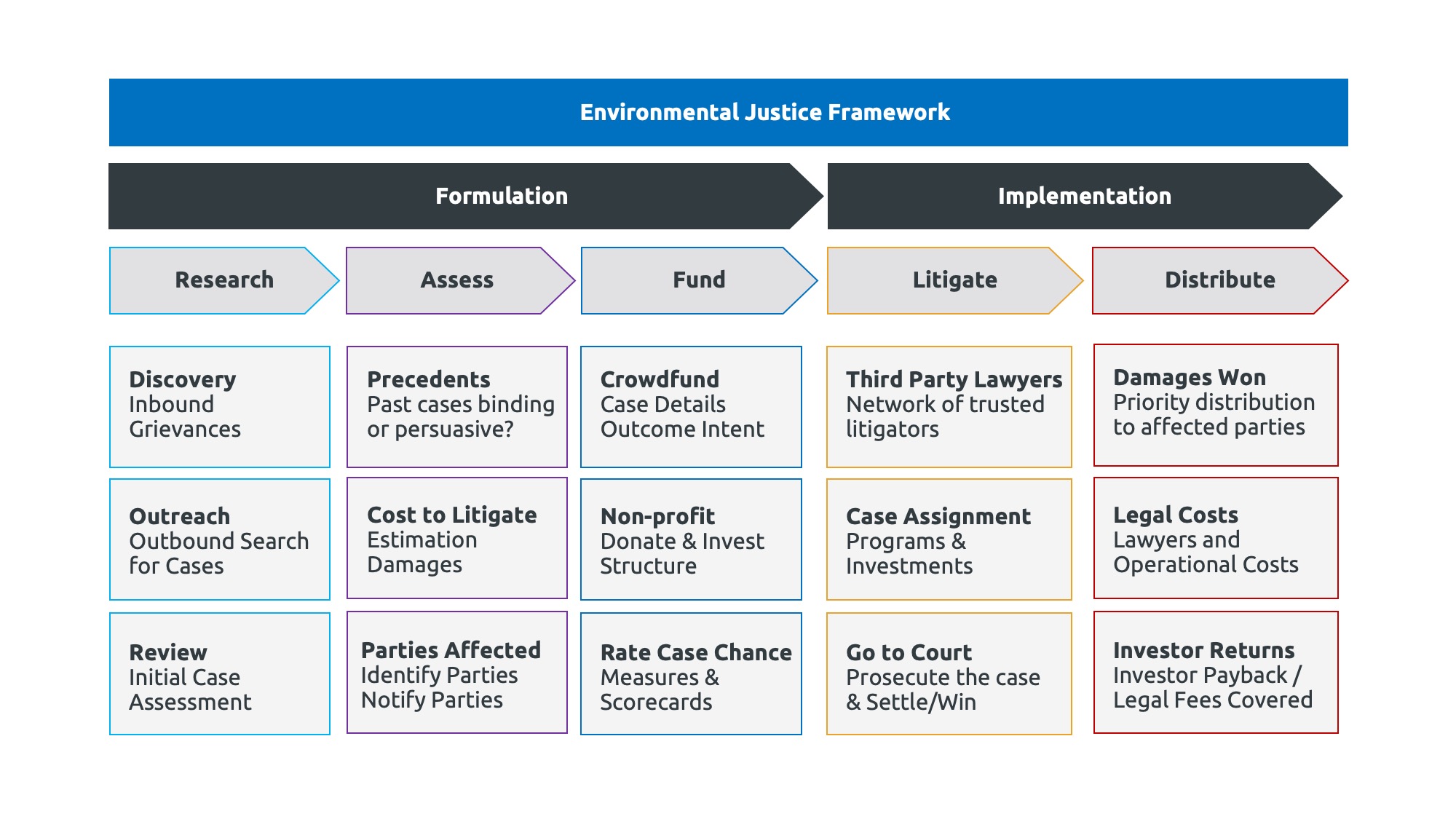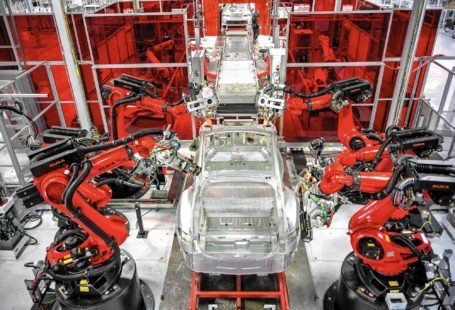Note: this is a working draft (compiled notes) – v0.2
Having delved into the climate tech ecosystem, encompassing a broad spectrum from global to local challenges, existing and emerging solutions, dialogues with policy-makers to private investors, my perspective on accelerating and scaling the implementation of climate tech solutions has matured and refined.
Last month, I started to see how the work I’ve been doing has been following this grander master plan, that I had yet to articulate. While it may appear as if my journey in the climate sector was meticulously orchestrated, the truth is that it has been a natural evolution, serendipitously aligning in a manner that resembles a grand master plan.
So what is it? Well, this post will serve as a living document that will continue to evolve as more of the pieces fall into place. So let me begin by breaking down where it began and can outline the next phases of this climate tech master plan.
Phase 1: Syndicate – Accelerating Early-Stage Climate Tech Solutions
Summary: Utilize angel syndicate to identify and support early-stage climate tech solutions with a focus on rapid market entry within 24 months.
As I refined my original thesis, my own early angel investments served as an initial exposure to the climate tech investing landscape. This coupled with my work at Terra.do as the program director for the Climate Change for VCs program, broadened my exposure to investment theses from a variety of firms (not necessarily focused on climate). To further broaden my exposure to the solutions and climate science side, I had the opportunity to work with my friend Sam on launching a climate board game where the core solutions in the game are inspired by the ground-breaking work of Paul Hawken, the co-founder of Project Drawdown and founder of Project Regeneration.
This all came together when I started the Cool Climate Collective syndicate with my partner Tristan; the collective played a crucial role in my now Climate Tech Master Plan by validating the potential of early-stage climate tech solutions.
One of the key accomplishments of the Cool Climate Collective has been its ability to prove that even the most nascent startups, such as those operating out of kitchen labs, can be ready to go to market within an impressive 24-month timeframe when equipped with what we call collaborative capital (when finance & human capital are mission-aligned). This achievement demonstrated that with the right support, innovative ideas can quickly evolve into viable solutions capable of making a significant impact on climate change.
To achieve this, the Cool Climate Collective focused on three primary objectives:
- Demonstrate the existence of viable climate tech solutions: By leveraging the collective’s network, we would pull in subject matter experts to assess the technologies we would come across from the various network referrals; the syndicate’s early investments showcased the potential of early-stage companies by investing in startups with groundbreaking ideas and innovative technologies. By supporting these startups, the syndicate highlights the availability of climate tech solutions that are ready for market adoption across a range of industries. Since we view climate as a lens that can be applied to view all industries, we would opportunistically identify the solutions that have the potential be adopted in a feasible manner given the right introductions and technological adaptations.
- Support innovative startups with the potential for rapid growth: The collective provides financial support, strategic guidance, and industry expertise to help startups scale their operations and bring their solutions to market faster. This accelerates the development of climate tech solutions, enabling them to make a tangible impact on sustainability efforts in a shorter period.
- Establish a strong network of climate tech entrepreneurs: The collective fosters a community of like-minded entrepreneurs who are passionate about developing sustainable solutions to combat climate change. By connecting these entrepreneurs to various support resources within the network, the collective facilitates knowledge sharing, collaboration, and the formation of strategic partnerships, which contribute to the overall success of the ecosystem.
In summary, Phase 1 of the Climate Tech Master Plan emphasizes the importance of the collective and collaborative model in accelerating the development and market entry of early-stage climate tech solutions. By demonstrating the viability of these solutions and establishing a supportive network of entrepreneurs, the collective lays the foundation for the next phases.
Phase 2: Fund – Harnessing the Portfolio Multiplier Effect for Accelerated Growth
Summary: Build upon the success of Phase 1 by investing in climate catalysts and enablers who share a passion for making a difference. Leverage the Climate Patent Collective and other portfolio support services as separate entities to create a portfolio multiplier effect that enhances the growth and acceleration of portfolio companies.
In Phase 2 of the Climate Tech Master Plan, the Fund focuses on channeling the momentum generated in Phase 1 to identify and invest in climate catalysts and enablers committed to driving sustainable change. These passionate founders possess the necessary drive and dedication to bring their innovative climate tech solutions to market. The Fund seeks to amplify the potential of these startups by harnessing the power of the portfolio multiplier effect.
Key components of Phase 2 include:
- Climate Patent Collective: The Climate Patent Collective is a dedicated entity designed to provide portfolio companies with access to critical intellectual property resources. By offering support in areas such as patent analysis, defensibility, and protection, the Climate Patent Collective plays a vital role in helping startups secure their innovations and gain a competitive edge in the market.
- Portfolio Support Services: As part of the Fund’s commitment to fostering growth and acceleration, additional portfolio support services are spun off as separate entities. These services provide startups with access to resources such as market adoption strategies, grant matching, climate impact estimation, and co-benefit analysis. By offering tailored support, these services contribute to the overall success and scalability of the portfolio companies.
- Portfolio Multiplier Effect: The combination of the Climate Patent Collective and other portfolio support services creates a synergistic portfolio multiplier effect. This effect enables the Fund to enhance the growth and acceleration of its portfolio companies, leading to a more significant impact on climate change mitigation and adaptation. This interconnected ecosystem of support services empowers startups to reach their full potential and drive sustainable change at scale.
In conclusion, Phase 2 of the Climate Tech Master Plan emphasizes the importance of investing in passionate climate catalysts and enablers while leveraging the portfolio multiplier effect to accelerate growth and maximize impact. By harnessing the power of the Climate Patent Collective and other portfolio support services, the Fund is well-positioned to drive sustainable change and make a lasting impact on the future of our planet.
Phase 3: Studio-Hybrid Model – Empowering Local Entrepreneurs and Scaling Climate Tech Solutions
Summary: Implement a Studio-Hybrid Model to support local climate catalysts in adapting and implementing innovative climate tech solutions in their respective geographies. Leverage connections established through the Fund and Syndicate to license IP, launch targeted ventures, and foster global localization of climate tech solutions.
In the third phase of the Climate Tech Master Plan, the Studio-Hybrid Model aims to empower local entrepreneurs, or climate catalysts, by providing them with the necessary resources and support to bring climate tech solutions to their local communities. This model focuses on fostering collaboration, reducing competition, and ensuring efficient scaling of sustainable technologies.
Key aspects of Phase 3 include:
- Support for Local Climate Catalysts: The Studio-Hybrid Model assists local entrepreneurs who have experienced a profound realization of their life’s purpose or who have been inspired by events or experiences, such as the awakening to grand scale issues or the influence of Ayahuasca-induced visions. These climate catalysts possess a deep connection to their mission and are driven to make a tangible impact on climate change.
- Licensing IP and Launching Targeted Ventures: By leveraging connections established through the Fund and Syndicate, the Studio-Hybrid Model enables local entrepreneurs to access cutting-edge climate tech solutions and license their IP. This approach facilitates the launch of targeted ventures designed to address specific climate challenges within each geography.
- Global Localization of Climate Tech Solutions: The Studio-Hybrid Model promotes global localization by providing blueprints, best practices, and resources to help local entrepreneurs adapt and implement climate tech solutions in their regions. This focus on localization ensures that climate tech solutions are tailored to the unique needs of each area, resulting in more effective and sustainable outcomes.
- Fostering Collaboration and Reducing Competition: The Studio-Hybrid Model encourages alignment among founders to create a cooperative environment that reduces competition and promotes shared success. This collaborative approach allows for the efficient scaling of climate tech solutions and supports the development of adjacent models, such as climate franchises.

